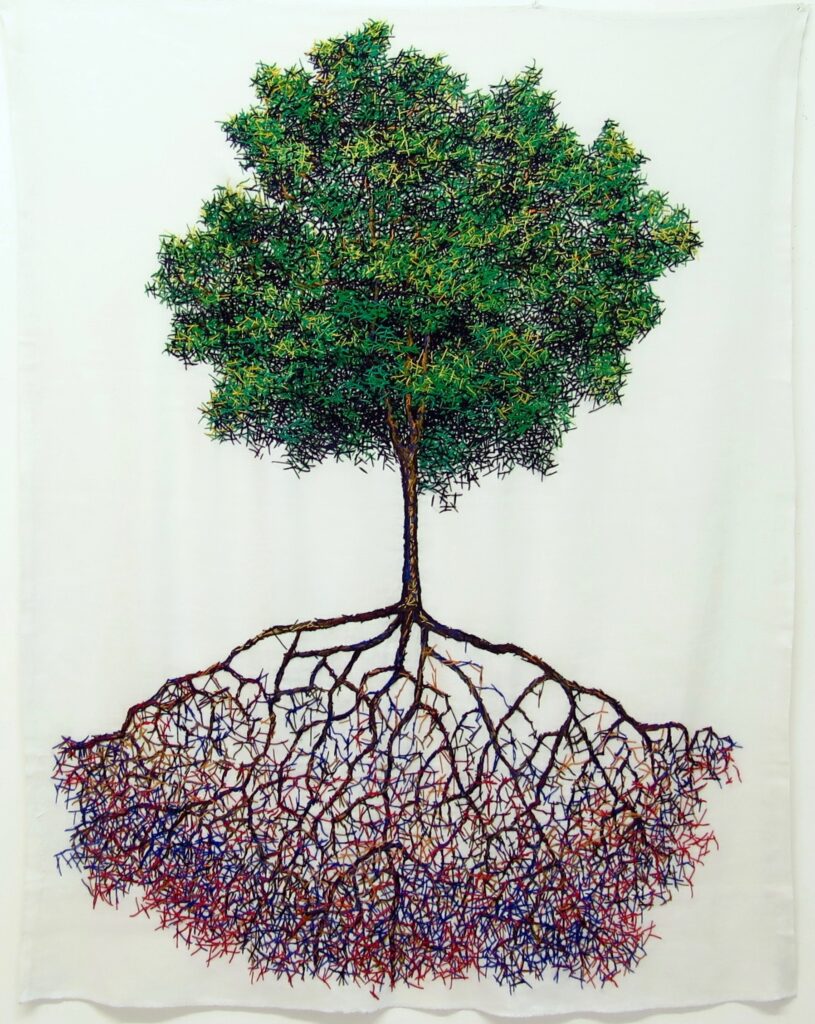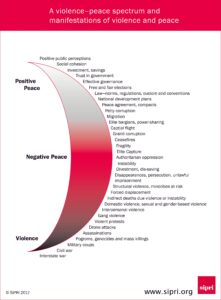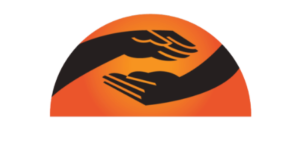
A Conversation with Conflict Specialist Jessie Kushner
Peace on earth. At this time of the year, this is what people all over the globe wish each other. Paz en la tierra! Siocháin ar talamh!
Peace, the resolution of conflict, has been on my mind. The subject concerns me as a member of a family, community, and nation, and as a fiction writer with a keen interest in empathy, trauma, and healing. Of late, our species has been mired in the opposite of peace—division, conflict, violence. Bryan Stevenson, the Director of the Equal Justice Initiative and author of Just Mercy: A Story of Justice and Redemption, has said, “Hope is our superpower. Hope is what gets you to stand up when other people want you to sit down. Hope is what gets you to speak when others tell you to be quiet.” The question arises: how do we find the courage and confidence to engage in difficult conversations with our friends, family, and the larger community? What skills can we learn that can lift us out of the anger, frustration, and helplessness of our current state?
Today I’m privileged to have a conversation with a crisis responder, grief counselor, and facilitator of restorative justice practices in family and group settings. This person is my daughter, Jess.
 Jessie has worked with teens, young adults, families, and professionals for almost 30 years through Outward Bound as well as the non-profit she co-founded, Forward Learning Youth and Young Adults. At Outward Bound, she directed the national high-risk teen program and introduced and implemented restorative practices into its curriculum. She was honored to work over the decades in numerous roles for both wilderness and urban centers and has served as a national staff trainer and facilitator at the Outward Bound Center for Peacebuilding. In 2019, she founded Collective Voices.
Jessie has worked with teens, young adults, families, and professionals for almost 30 years through Outward Bound as well as the non-profit she co-founded, Forward Learning Youth and Young Adults. At Outward Bound, she directed the national high-risk teen program and introduced and implemented restorative practices into its curriculum. She was honored to work over the decades in numerous roles for both wilderness and urban centers and has served as a national staff trainer and facilitator at the Outward Bound Center for Peacebuilding. In 2019, she founded Collective Voices.
Dale Kushner: What is Collective Voices and what does it offer?
Jessie Kushner: Collective Voices is the company I founded whose mission is to help people reconnect, repair, and rebuild their relationships. Collective Voices provides a structured approach to healing and to interrupting cycles of misunderstanding, conflict, and even violence by seeking to understand the underlying issues. My methods begin with building relationships and trust. Together, we uncover what lies at the root of the dynamics and work to find a path forward that is agreeable to everyone involved.
DK: Describe what you mean by conflict.
JK: Culture and conflict are inexplicably tied. What constitutes a conflict differs among individuals and is dependent on the culture(s) with which they identify. No one definition of conflict is perfect. Johan Galtung, a Norwegian sociologist often referred to as the “father of peace and conflict studies,” developed a theory that all conflicts have three components: 1. Behaviors (actions, statements, insults). 2. Attitudes and assumptions (feelings, prejudices, trauma, and beliefs). 3. Contradiction or context (inequality, dispute over territory or regions). What we “see” in any conflict is only the tip of the iceberg (the behaviors).
DK: What are some manifestations of conflict? What is a “restorative framework” and why is it important?
JK: Conflict can manifest as tension, silence, abuse, oppression, repression, trauma, and grief, to name a few. Many communities and individuals are deeply affected by systemic and generational cycles of conflict, violence, and harm that shock one’s sense of self, security, and connection with others. Silence is often a protector of conflict that includes abuse, violence, as well as relational dynamics that hamper people’s ability to overcome challenges, sustain wellness, and be effective (and productive) in a workplace, community, and/or family setting.
 A “framework” is the attitude, lens, and value system one inhabits that guides interactions, conflict, repair, and communication. A “restorative framework” is grounded in the question “How am I impacting others?” A restorative framework is the opposite of a “dominant framework” that is built on systems of colonization and oppression. A dominant framework inhabits one voice, one harm, one point of view, and leads to blaming the circumstances or other people. Johan Galtung speaks of peace existing on a spectrum. On the left side, he puts violence. In the middle, he puts negative peace, which he defines as the absence of war and violence or fear thereof. On the right, he places positive peace. Positive peace can be used to gauge the resilience of a society. In a dominant framework, positive peace cannot exist because the primary belief is that there are a right and wrong in every situation.
A “framework” is the attitude, lens, and value system one inhabits that guides interactions, conflict, repair, and communication. A “restorative framework” is grounded in the question “How am I impacting others?” A restorative framework is the opposite of a “dominant framework” that is built on systems of colonization and oppression. A dominant framework inhabits one voice, one harm, one point of view, and leads to blaming the circumstances or other people. Johan Galtung speaks of peace existing on a spectrum. On the left side, he puts violence. In the middle, he puts negative peace, which he defines as the absence of war and violence or fear thereof. On the right, he places positive peace. Positive peace can be used to gauge the resilience of a society. In a dominant framework, positive peace cannot exist because the primary belief is that there are a right and wrong in every situation.
In a restorative framework, everyone’s feelings and needs are a priority. All voices and perspectives are valid and deserve to be heard, and explanations are not considered to be excuses. The overall goal of restorative-based dialogue is to seek mutual understanding and practice respect, even when serious conflict exists. Restorative practices are aimed at promoting positive peace. They build the capacity within people to identify and solve their own problems. Restorative services have been found to be more effective and successful for resolving conflicts and interrupting violence than their counterparts. What is essential to the process and what makes a band-aid approach (focusing only on solutions or quick fixes) different from sustained peace is the dialogue that takes place to allow for all perspectives and needs to be heard. The end result is increased safety, unity, and an understanding that the “collective good” is essential in order for each individual to get what they need.
DK: Why do families and groups seek your help with conflict and repair?
 JK: In my thirty years of experience working with youth on long wilderness expeditions (in which the family is a part of the program, although not in the wilderness), as well as in community and/or clinical settings, I have discovered that while no two families are alike, many struggle with similar issues—communication, boundaries, violence, addiction, finances, power, culture, identity, and incarceration—and are looking for experienced and objective guides and facilitators who can help them navigate the turbulence.
JK: In my thirty years of experience working with youth on long wilderness expeditions (in which the family is a part of the program, although not in the wilderness), as well as in community and/or clinical settings, I have discovered that while no two families are alike, many struggle with similar issues—communication, boundaries, violence, addiction, finances, power, culture, identity, and incarceration—and are looking for experienced and objective guides and facilitators who can help them navigate the turbulence.
In addition to working with youths and families, I also have had the privilege and honor to be hired as a consultant to run training and facilitate conflict and repair work across a range of clients: childcare centers, drug and alcohol clinics, First Nations tribes, an auto clinic, nonprofits, and other agencies. All of the work centers around helping people reconnect, repair, and rebuild their relationships to one another, themselves, and/or the group. My work has included facilitating dialogue around topics such as racial and social justice, equity, violence, workplace culture, diversity, employees’ roles and responsibilities, and impact. After some initial hesitation in trusting the process, participants find that they have an increased understanding about the roots of their conflict(s) and are willing to find a mutually agreed-upon path forward, even if that means they simply learn how important it is to listen to opinions other than their own.
DK: What does being “repaired” mean in repair work?
JK: A great question. Simply put, repair implies that something was once in full form “before,” and repairing is about restoring the relationship, the community, or group to a new harmonious state. Humans are layered creatures. We aren’t broken or fixed like a toy or machine. Repair work seeks to uncover the root of the barriers to healing, addresses the need for ownership of the impact one has had on others, while also recognizing the spoken or unspoken needs of each person. The process builds a capacity for empathy and mutual understanding and aids in discovering durable solutions that work for all parties involved.
DK: How is the conflict resolution work you do different from therapy?
JK: My work is therapeutic; however, I am not a therapist. Every interaction we have has the capacity to be therapeutic dependent on one’s ability to master the craft of being a guide as well as a nonjudgmental but knowledgeable resource and listener. My direct care services appeal to people who have tried therapy and feel that it either does not work for them or that they want to take a slightly different approach. I am a strengths-based practitioner and work to understand and address the root causes of issues before moving into collaboratively exploring solutions and tools to increase one’s capacity for managing conflict and repair.
DK: Could you share a story where repair figured prominently?
 JK: Sure. One client was an equine specialist who worked in Tribal Behavioral Health and Family and Youth Services. This is how she described her experience:
JK: Sure. One client was an equine specialist who worked in Tribal Behavioral Health and Family and Youth Services. This is how she described her experience:
“The training I received from Collective Voices has completely reshaped the communication in my program for the better. I primarily work with at-risk Native American youth, some with severe behavioral issues. Implementing circles (and allowing our teens to call for them) has empowered our kids to slow down in time of conflict, listen, gain empathy, restore relationships, and diffuse emotionally high stakes situations. The training I received from Jessie has facilitated healing and helped this community begin the process of repairing intergenerational harm. Jessie as a trainer is fantastic! She has strong intercultural awareness and creates an environment that is safe, accepting, and encouraging for all. I am grateful for the training I received from Collective Voices and to have a resource like Jessie Kushner.”—P.G.D, MM, BM.
This post appeared in a slightly different form on my blog on Psychology Today. You can find all of my blog posts for Psychology Today at